Spider Identification Sydney
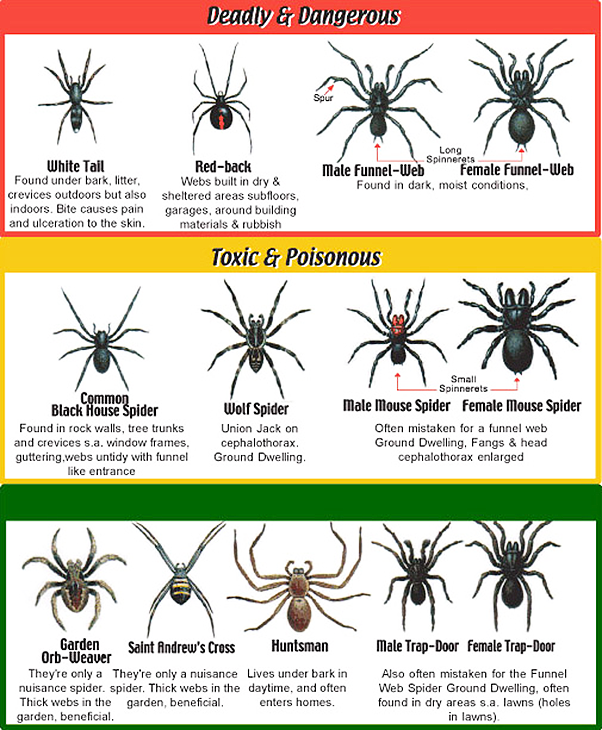



![]()

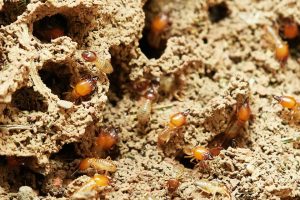
Termites also known as white ants are small and a similar in size to ants. Due to their size and similarities to ants this can often lead to confusion. Knowing the differences between these two pests is a good starting point for identification.
Termites are secretive in nature which makes their detection difficult to an untrained eye. Most people would be more likely to spot the signs of termite damage rather than the actual termites.
Correct identification ensures the most effective treatment methods are used and allows you the home or business owner to choose appropriate prevention steps to try and avoid termite infestations in the future.
Termite alates or swarmers can look like flying ants. There is a simple way to determine if the flying ants you are seeing are termites or flying ants, and this is simply by how many body sections there are. As seen in the image below – Termite alates have 2 body sections while standard flying ants have 3.
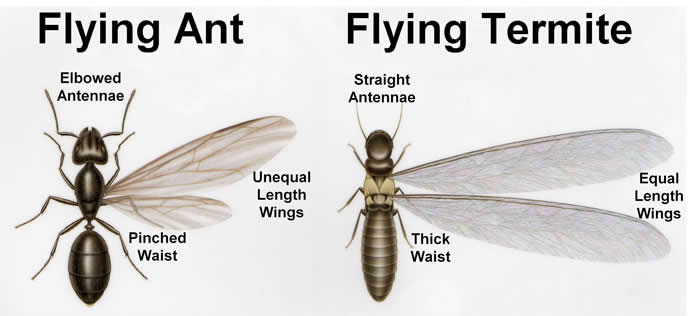
Here’s how to establish the general differences in appearance and behaviour between ants and termites:
NOTE: Flying ants do not shed their wings. If you have seen flying ants in your property and have found discarded wings,chances are you have identified termites in your property.
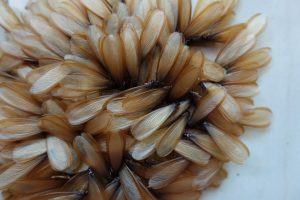
Rather than just looking at the areas where visible damage has been identified, Pest Control Today confirms termite infestations with a visual inspection and the use of a termatrac system.
When checking your property whether it be your residential home or business there are some points that could assist you in identifying possible termite activity.
Subterranean termites begin their feeding process from the ground up and enter a building through the sub-structure. Houses that are built on concrete slabs can still be affected if the slab has cracked and allowed an opening from the soil through the slab to the house.
Houses that have an open access sun floor or crawl space are at a great risk of termite infestations. This area should be checked for evidence of wood damage and/or mud tubes.
This species of termite damages the wood by developing hollow tunnels known as galleries which run along the wood grain.
Drywood termites usually enter the building near the roof line or in areas where wood has been exposed. Attics and roof cavities should be checked for wood that has been damaged. You may see tiny holes in the wood with collected frass nearby. Probing the wood can also expose galleries
Finding termites in your home can be distressing, however Pest Control Today recommends firstly that you stay calm and call a professional. Do not disturb any termite workings, mud trails, leads of galleries and we ask that you do not spray the area with any insecticides as it can be make treatment harder.
Not all building structures are the same Pest Control Today will offer you a program designed to suit your properties needs.
There are 2 ways to treat termites, baiting/dusting or direct chemical treatment. Sometimes a combination of both treatments will be required or recommend.
is conducted by placing bait stations in specific areas around your home which are baited using a non-chemical bait that contains an active ingredient which the termites eat and carry back to the colony where they share it amongst other termites in the nest.
is completed using Termidor Dust which is a non-repellent which is very similar to the material used in the bait systems. Small holes are made into the infested timber or directly on termite trails. The fine dust is applied directly to the termites and the holes are then covered which prevents any dust escaping and to also reduce the risk of the termites being disturbed.
NOTE: Termite dusting & baiting does not provide protection to the building from future termite infestations.
Preferred option by many pest controllers however its use does depend on the construction type of your property. The treatment is applied to soil areas where the building is in contact with:
If there is a distance greater than 400mm between the soil and the timbers in the floor, the subfloor would also be trenched and treated, however it is preferred that the entire sub floor area is treated which increases the coverage area in the subfloor which in then increases the chance of the termites encountering the chemical.
Drilling & Injection of chemical to the concrete perimeters occur approximately at 20-30cm intervals. The drilled holes are then re concreted on completion
The areas that may need to be drilled and injected can include:
There are 2 main types of soil treatment available, the repellent and the non-repellent.
This type of termiticide works by creating a barrier around the house which create a no-go zone for termites. For this treatment to be effective it needs to be applied in an unbroken method around the foundations. This method is often difficult to achieve simply because of the construction and design of your property or if there Is concrete against the house.
This type of termiticide works as termites are unable to detect the area that has been treated and will not avoid the treated area. When termites pass through the chemical in the treated area they become in contact with it, return to the nest and pass it amongst the other termites in the colony.

If you notice or worried about possible termite activity do not hesitate to seek professional assistance.
Remove any:
Myth: Termite damage can be easily seen
Fact: As termites eat wood from the inside out a new termite infestation would not have any visual signs that can be easily seen. By the time damage is noticed on the outside of the wood, extensive damage could have already occurred.
Myth: Termites are more active during spring and summer
Fact: Termites are active all year round.
Myth: Preventing termites is hard
Fact: Termite prevention is a matter of common sense and regular home maintenance such as

![]() Each property, building and location is different, a customised management solution should be designed to suit your specific needs.
Each property, building and location is different, a customised management solution should be designed to suit your specific needs.
We would love to find out more on how we may be able to help you.
Click to call or contact with us via the contact form available at our website.

![]()
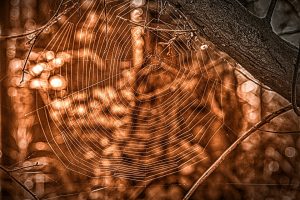 Redback Spider Pest Control Sydney | Hunstman Spider Pest Control Sydney| Funnel Web Spider Pest Control Sydney | White Tail Spider Pest Control Sydney | Mouse Spider Pest Control Sydney | Brown House Spider Pest Control Sydney | Trap Door Spider Pest Control Sydney | St Andrews Cross Pest Control Sydney
Redback Spider Pest Control Sydney | Hunstman Spider Pest Control Sydney| Funnel Web Spider Pest Control Sydney | White Tail Spider Pest Control Sydney | Mouse Spider Pest Control Sydney | Brown House Spider Pest Control Sydney | Trap Door Spider Pest Control Sydney | St Andrews Cross Pest Control Sydney

Spiders are one of the most feared and disliked creatures worldwide. Australia is home to some of the world’s deadliest spiders such as the funnel-web and red back spider.
It must be stated that not all spiders are dangerous, and some are beneficial to the environment.
Spiders can be divided into two main groups:
The most common spiders that can be found in sydney are
To view the Australia Spider Identification chart – Please click here
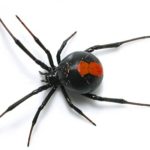
The red back spider can be found across all parts of Australia and will live anywhere there is adequate food, a sheltered area for its web and is warm enough for breeding. The Red Back Spider is easily recognised by its black body with a prominent red hourglass shape on its abdomen.
Huntsman spiders are known as being the “hairy tarantulas”. They are often seen inside your home on the walls or from coming out from behind curtains.
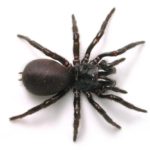
The Sydney Funnel-web Spider is one of the deadliest spiders in the world. When the funnel web is threatened it raises its front legs high off the ground and point its fangs forward ready to strike. When it strikes it drives its fangs down with force and speed.
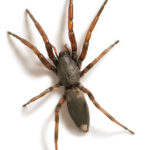
White-tailed Spiders can be found all over Australia and its bites cause severe skin ulceration in humans. White-tailed spiders hunt their prey instead of waiting to catch it in a web. Their preferred diet is other spiders
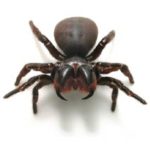
There are 11 known species of mouse spider in Australia and they are related to the trapdoor and the Sydney funnel web spider. Mouse spiders should be considered dangerous and treated with caution as they can be aggressive and will bite if provoked.
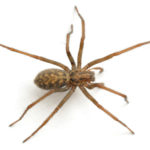
The brown house spider is sometimes mistaken for the red back spider as it has a similar body shape and webbing. It can often be found in dark places inside your home. External sheds, under empty plant pots or among general rubbish.
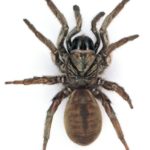
Most trapdoor spiders are misleadingly named, as not all species make a door for their burrows. Their camouflaged entrances are almost undetectable, unless the door is open. Brown Trapdoor Spiders are often mistaken for Funnel-web spiders, but their bites are not dangerous. Local pain and swelling may occur.
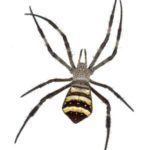
The St Andrews cross spider can be found across Australia and is named because of the silky bluish white cross pattern it creates on its web, like that of the St Andrews Cross on the flag of Scotland.

![]() Each property, building and location is different, a customised management solution should be designed to suit your specific needs.
Each property, building and location is different, a customised management solution should be designed to suit your specific needs.
We would love to find out more on how we may be able to help you.
Click to call or contact with us via the contact form available at our website.

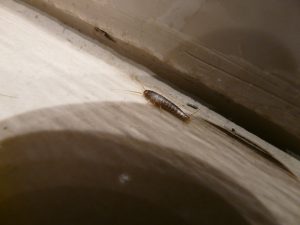 Need pest Control For silverfish?
Need pest Control For silverfish?

Silverfish are known for their destructive feeding habits and prefer to live in warm and moist spaces, like basements, crawl spaces and can often be found in the bathroom or laundry. They can survive in almost any environment and are nocturnal pests that move quickly.
Silverfish have been known to stain the items they hide in such as books, cupboards, stored clothing and wall paper.
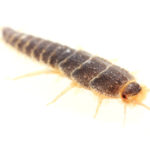
Silverfish are white to brown-grey or a blue – silvery colour, their bodies are shaped like a teardrop and range from 12-19 mm in length. They have 3 long bristles on their rear end.
Silverfish are capable of surviving in all climates, however they do prefer to live in dark & damp areas such as basements, kitchens, bathrooms & attic spaces. They are attracted to paper goods and damp clothing. Silverfish can be found in stored boxes that are kept in sheds or garages.
As silverfish like to dine on anything and everything they have been known to feed on paper, clothing and even wall paper. They feed on carbohydrates, sugars and starch. It is suspected that silverfish will also feed on shampoo, glue in books, linen & dead insects. Silverfish have also been found in unopened food packages.
Silverfish are usually introduced to the home by carrying them in either by cardboard boxes or plastic containers which had been stored in infested areas.
They usually enter homes through cracks in the foundation, torn fly or door screens, gaps around doors. Leaving dirty dishes out in the open will also attract silverfish indoors.
Silverfish have been linked to:

![]() Each property, building and location is different, a customised management solution should be designed to suit your specific needs.
Each property, building and location is different, a customised management solution should be designed to suit your specific needs.
We would love to find out more on how we may be able to help you.
Click to call or contact with us via the contact form available at our website.

![]()
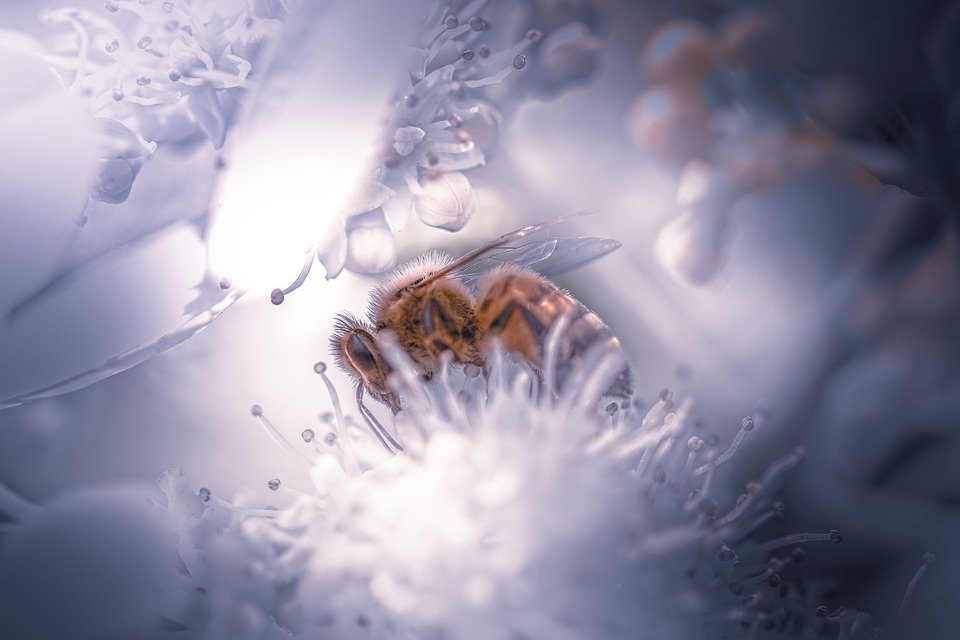 Bee Pest Control Sydney – Wasp Pest Control Sydney
Bee Pest Control Sydney – Wasp Pest Control Sydney
 Is this a bee or a wasp?
Is this a bee or a wasp?
Wasps and bees can easily be mistaken for one another because both insects can give painful stings and look very similar with their black and yellow colouring.
Bees usually attack when provoked, while wasps are naturally and more aggressive predators.
Identifying the difference between honey bees and wasps is important to administer proper treatment of stings and to ensure the appropriate pest control is carried out.
What are the differences between a bee and a wasp?
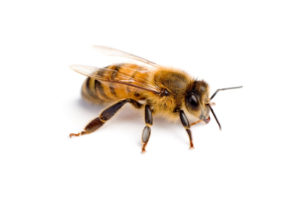
Bees
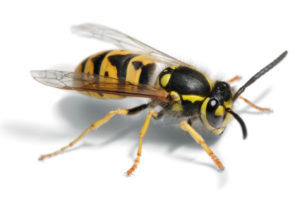
Wasps
Bees : For more detailed information please click links below
|
|
|
|
|
|
Wasps : For more detailed information please click links below
|
|
European Wasp |
|
|
|
|
|
|
|
|
|

![]() Each property, building and location is different, a customised management solution should be designed to suit your specific needs.
Each property, building and location is different, a customised management solution should be designed to suit your specific needs.
We would love to find out more on how we may be able to help you.
Click to call or contact with us via the contact form available at our website.

![]()
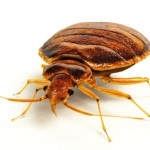
What are bed bugs? Where are bed bugs found? How did I get bed bugs?
 What is a bed bug?
What is a bed bug?
Bed bug Pest Control Sydney – Bed bugs probably got their name with the close association with human beds where they are often found hiding during the daylight hours. At night bed bugs come out to feed and are attracted to body heat. The bite of a bed bug is normally painless; however, about 80% of the population will develop an allergic type reaction to the bite. The bed bug bite can cause general swelling that extends beyond the area of the bite leaving no red spot at the bite point.
Bed bugs are flat, reddish-brown, and somewhat oval and flat and about 5-6 mm long or the size of an apple seed. As the bed bug feeds their bodies swell and appear to be red in colour due to the blood they have injected. An unfed bed bug would usually be a cream colour.
Bed bug Pest Control Sydney
Bed bugs are often found hiding in Cracks and crevices including mattress seams, sheets, furniture, behind baseboards, electrical outlet plates and picture frames. Bed Bugs are often found in hotels, where they can travel from room to room and in visitors’ luggage.
Bed bugs preferably feed on human blood, but they can also make use of other hosts such as bats, poultry and other birds.
An adult Bed bug under normal room temperatures and with an adequate food supply, can live over 300 days. Female bed bugs deposit their eggs into cracks and crevices or on rough surfaces. The female bed bug lays one to five eggs a day and may lay 200 to 500 eggs in her lifetime.
Under ideal conditions, the bed Bug cycle takes about 21 days from egg to adult. Nymphs go through 5 moults and require a blood feed before each moult. In the absence of blood meals, nymphs have been known to survive for 2 years.

The real answer to this and to know 100% for sure if you have bedbugs is to see the bug itself. Not all bites are caused from bedbugs and by presuming you have bedbugs, you could be giving yourself unnecessary stress!
It is important to realise that it is not possible to provide a diagnosis simply by examining the bite, the reason being is that simply that everyone reacts differently to bites!
If you are being bitten you should consider all possible causes of the bites also taking the following questions into consideration:
If you believe you may have bedbugs you should inspect the areas marked in the image below looking for:
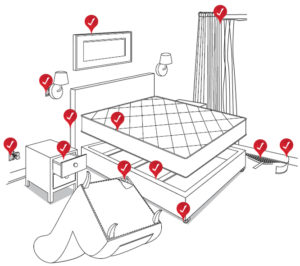 Pay Special Attention to:
Pay Special Attention to:
Further Reading
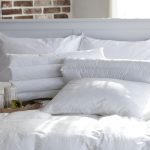
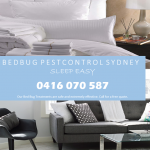


![]() We would love to find out more on how we may be able to help you.
We would love to find out more on how we may be able to help you.
Click to call or contact with us via the contact form available at our website.

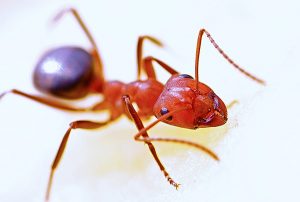
 Ant Pest Control Sydney – Ants are a part of the insect family and are in fact a group of small and highly specialised wasp and have one of the most advanced forms of social life amongst the insect world. They live in colonies that vary in sizes from a few to hundreds of thousands of individuals. Ants are a unique and superior species that can administer and organise their colony, where each type of ant has a specific role to play.
Ant Pest Control Sydney – Ants are a part of the insect family and are in fact a group of small and highly specialised wasp and have one of the most advanced forms of social life amongst the insect world. They live in colonies that vary in sizes from a few to hundreds of thousands of individuals. Ants are a unique and superior species that can administer and organise their colony, where each type of ant has a specific role to play.
Ants are omnivorous, which means they will eat a wide variety of substances including insects, sweets, oils, vegetables etc which they carry the food back to the nest where they provide food for each other, and it is because of this process of the ants carrying the food back to the nest the products Pest Control Today use for ant eradication work so well.
Ant Pest Control Sydney – There are many different species of ants in Australia and in fact there is only a small number of ant species that have become pests in and around homes and offices.
Ants travel through unsanitary areas before they end up inside. They are known to carry disease organisms which can cause dysentery, smallpox and even salmonella
Ants scavenge for food in kitchens, other food handling areas, garbage areas and even dog poo. Hence, an ant issue in your home should not be taken lightly.
Some species of ants that can sting and bite, which can even be fatal!
The most common ants that can be found in Sydney
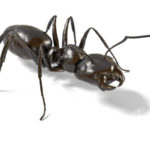
An Australian native found in rural and urban areas. They are often a pest of domestic environments and will build their nest in cracks or gaps, beside pathways. They generally enter the home in search of food.
Like other ant species, they will nest underground and in voids, for e.g. roof voids or wall cavities. They prefer sugary liquids and will tend to also feed on aphids and other bugs on domestic plants to feed off their sweet secretions.
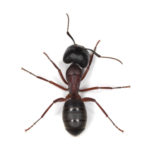
Large and are often mistaken for termites, as they prefer to live in rotting and damp woo. Carpenter ants are often found eating at night, so it might not be an ant that you would see during the day, but you may see or hear evidence of their activities late at night. The carpenter ant eats insects, sweets & meat.

Well known in Australia for their aggressive behaviour and their powerful stings. Their venom has known to induce an anaphylactic reaction to victims who have allergies to bull ant stings.
They have large eyes and long, slender mandibles. They have super vision which allows them to be able to track and even follow intruders from approx. 1 meter.
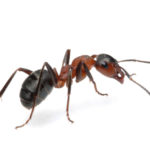
Often nest between pavers and along pathways and will throw out soils. They can also infest wall cavities, leaving piles of debris at the nest entrance. Nests can become very large.
Ant Pest Control Sydney
Pest Control Today uses a product that is designed to eradicate not just the surface ants but the entire nest of ants.
A low toxic bait is placed in areas where ant trails have been seen. The ants feed from the bait and carry it back with them to the nest which is designed to kill the colony and Queen.
External ant treatments are conducted with a product called Termidor. The benefit of this product is that as ants cannot detect that the spray is an insecticide they carry it back to the nest where the chemical is transferred amongst the other ants in the colony which in turn eradicates the entire nest of ants.
Ants usually come inside your home or business looking for food. They are attracted to sweet and sticky substances.
 Ant Pest Control Sydney
Ant Pest Control Sydney
![]() We would love to find out more on how we may be able to help you.
We would love to find out more on how we may be able to help you.
Click to call us or get in contact with us via the contact form available at our website.

If you have any question, feedback or require any further information, please fill out the form below and we will be in touch within 24 hours.